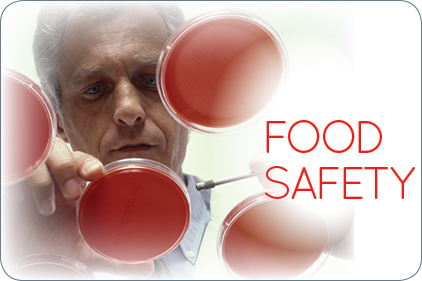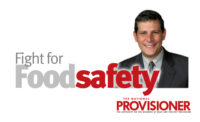One reason is simply that we eat things that were once living. That may be overstating the obvious, but the fact in itself lends itself to a host of issues, which contribute to human disease.
Indeed, we live in a world that is teeming with life. The most comprehensive study done to date estimates that there are 8.7 million distinct species that reside on our planet, not counting bacteria. Our food, with few exceptions, lives in, grows in or otherwise comes from one of two places: the dirt or the water. Both environments, obviously, can play host to illness causing microorganisms.
The omnipresence of pathogens makes it essentially impossible to eradicate these organisms with any efficacy. Fortunately, finding and preventing microorganisms from making their way into our food is not the only way to prevent illness. Most foodborne pathogens, for instance, are rendered harmless at 165 degrees. Unfortunately, we need consumers to help us on that point, and to date they have demonstrated a certain, shall we say, resistance.
It is thus incumbent upon the food industry, not only for the health and well-being of our customers, but also for our businesses, to work to inform our customers about the importance of safe-handling.
We might follow the example of the Surgeon General, who in 1964, issued the first warning about the dangers of smoking. Today, the percentage of people in the United States who smoke is at an all-time low and falling. Only if industry barrages consumers with food-safety knowledge will consumers start handling food properly.
One simple way to begin: place safe-handling instructions on grocery store receipts, grocery carts and produce bags. This simple, cheap and easy-to-implement idea could be instrumental in closing the gap between consumers and proper safe-handling.
It is unlikely that we will ever wipeout foodborne pathogens, but that doesn’t mean we can’t wipeout foodborne illness.





Report Abusive Comment